|
|
|
|
[Index]
[Back] |
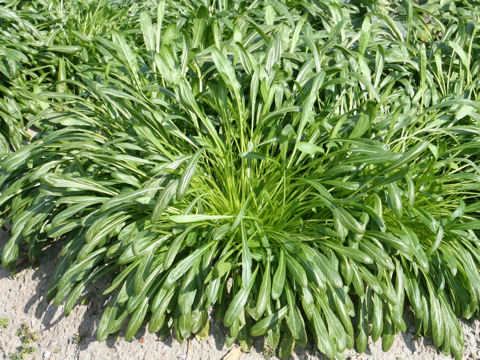 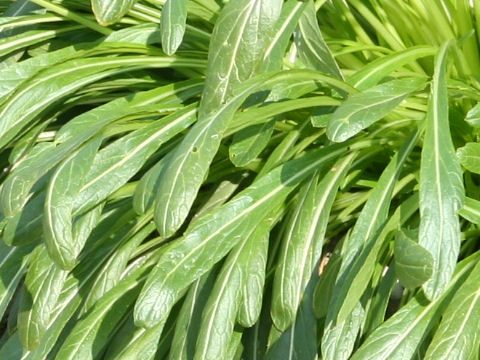 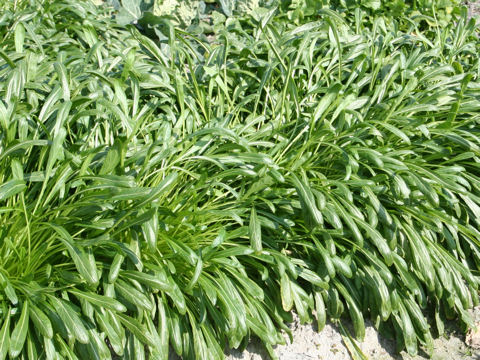 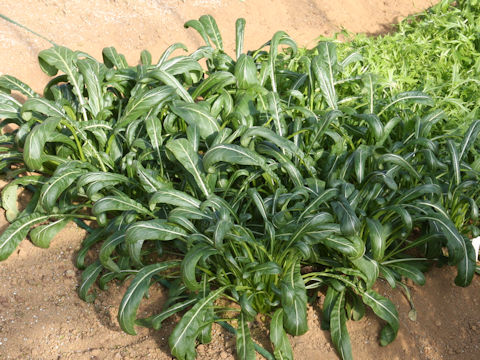 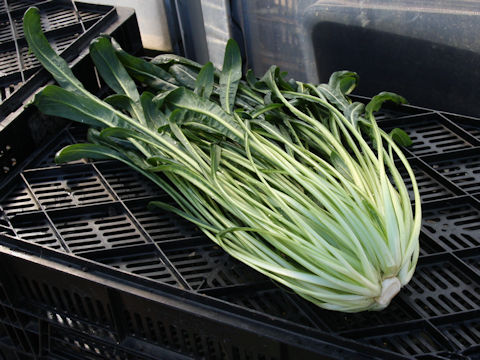 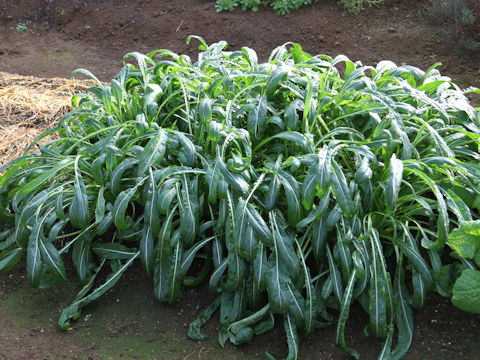 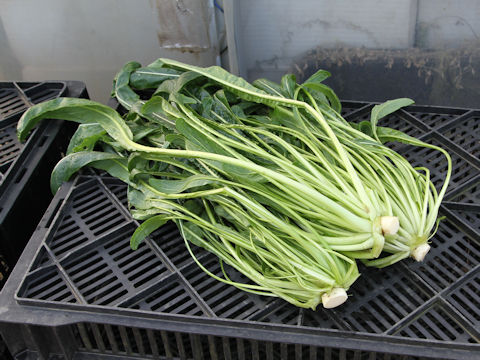 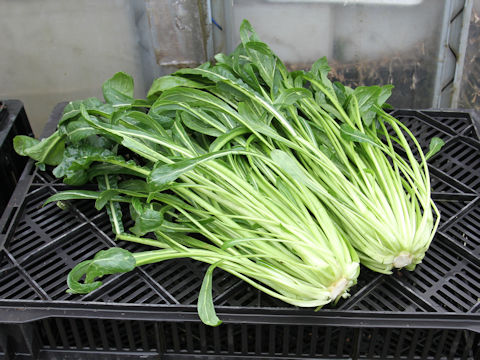 |
|
|
|
京都府原産の「みずな」の一品種です。「みずな」と非常によく似ていますが、葉が細長い卵形で欠刻のないことで区別できます。また花梗が長く、花弁が狭長いことも相違点です。別名で「まるばみずな(丸葉水菜)」とも呼ばれます。「みぶな」は香りがよく、少しピリッとした辛味が感じられ、おもに漬け物用として利用されます。この名前は、京都市中京区にある壬生地域に由来していて、この地域で古くから栽培されてと考えられています。 2021年の「Horticulture Research」のオンライン版に、川勝弥一博士らの共同研究によって、1800年ごろに「みずな」と「かぶ」とが交雑して「みぶな」ができ、1800年代中頃から葉の形態が単純化し始めて、1800年代後半にはヘラ型の葉として定着したということが判明しました。 |
|
|
アブラナ科アブラナ属の一年あるいは二年草で、学名は Brassica rapa var. nipposinica (syn. Brassica rapa var. laciniifolia)。英名はありません。 |
|
|
The "Mibu-na" (Brassica rapa var. nipposinica) belongs to Brassicaceae (the Mustard family). It is an annual or biennial herb that is native to Kyoto prefecture in Japan. This herb is a variety of "Mizu-na", and is very reminiscent of "Mizu-na" though it can distinguish by the leaves which is narrow ovate and non-indentation. It has more in contrast of long peduncles and narrow-long petals. It is also called "Maruba-mizu-na" (round-leaf mizu-na). "Mibu-na" has a pleasant aroma and a slightly tangy taste, and is mainly used for pickles. The name comes from the Mibu area in Nakagyo-ku, Kyoto City, where it is believed to have been cultivated since ancient times. In the online edition of Horticulture Research in 2021, Dr. Yaichi Kawakatsu and his collaborators found that "mibu-na" was formed around 1800 through the hybridization of "mizu-na" and "kabu" (turnip), and that the leaf morphology began to simplify in the mid-1800s and was established as spatula-shaped leaves in the late 1800s. |
|
|
[上・中1〜2] 大阪府枚方市招提元町にて、2007年01月31日撮影。 [中3] 千葉県香取市大角にて、2011年01月17日撮影。 [中4] 同上にて、2011年03月03日撮影。 [中5] 同上にて、2015年01月05日撮影。 [中6] 同上にて、2015年01月07日撮影。 [下] 同上にて、2015年01月28日撮影。 |
|
|
|
Shu Suehiro |